.jpg)
de Chirico (18881978) , Piazza d'Italia con Arianna Christie's
Giorgio de Chirico (1888-1978) was one of the most innovative and controversial artists of the twentieth century. His enigmatic paintings, with their dream-like imagery of deserted city squares filled with mysterious shadows, stopped clocks and sleeping statues, had a profound influence on modern art.
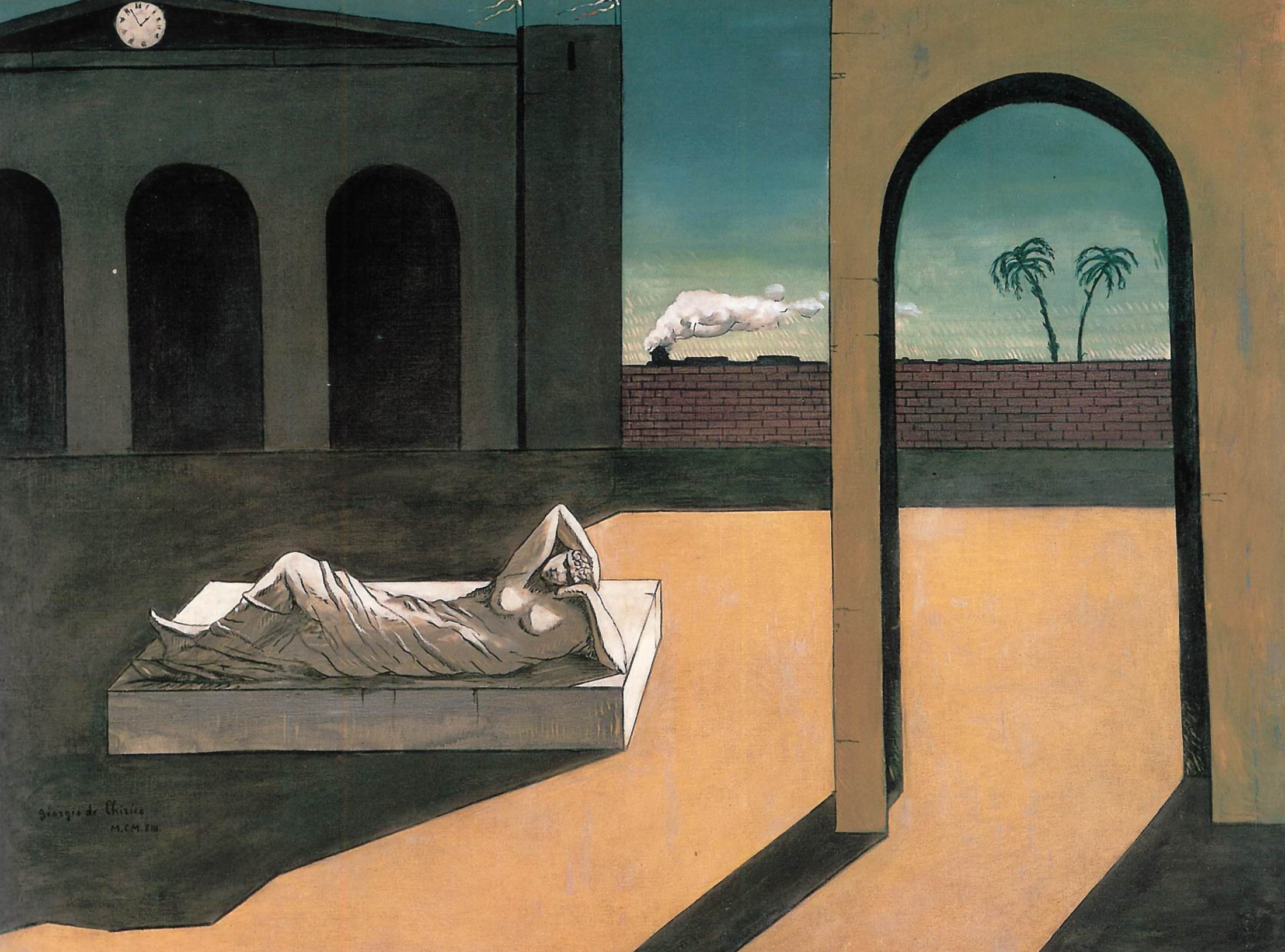
de Chirico and the Myth of Ariadne Estorick Collection
Metaphysical art De Chirico returned to Italy in the summer of 1909 and spent six months in Milan. By 1910, he was beginning to paint in a simpler style with flat, anonymous surfaces.
.jpg)
De Chirico (18881978) , Piazza d'Italia con Arianna Christie's
Giorgio de Chirico and the Myth of Ariadne Estorick Collection, London N1, until 13 April In Chirico City, the silence is electric, the streets mysteriously empty. The shadows are.

de Chirico and the Myth of Ariadne Michael R. Taylor
Follow 25 followers Contributed by Carmelita Conservator (1.3K) Follow 16 followers Discussion Sign in to add comments More from this artist. The Jewish Angel 1916 Giorgio de Chirico ( IT) 11K 36 Self-Portrait 1913 Giorgio de Chirico ( IT) 4K 7 The Mysterious Departure 1930 Giorgio de Chirico ( IT)
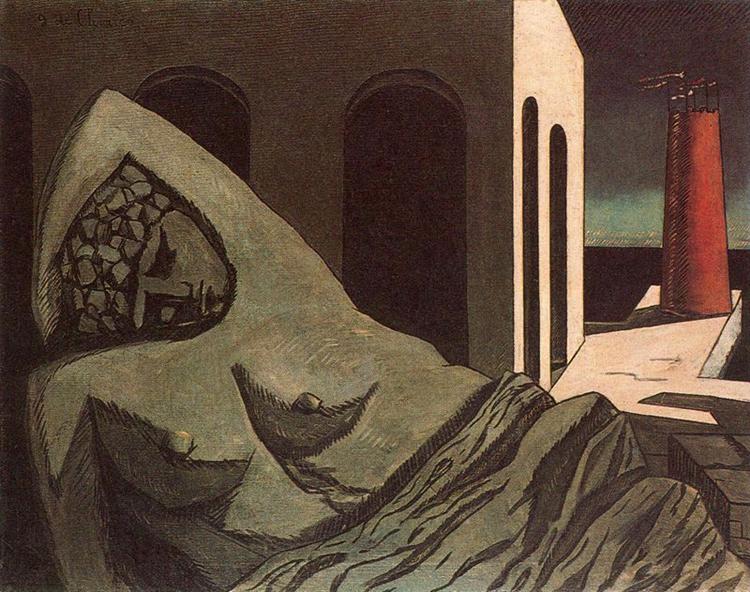
Ariana, the silent statue, 1913 de Chirico
Giorgio de Chirico and the myth of Ariadne by Taylor, Michael, 1966- Publication date 2002 Topics De Chirico, Giorgio, 1888-1978 -- Themes, motives -- Exhibitions, De Chirico, Giorgio, 1888-1978 -- Criticism and interpretation, Ariadne (Greek mythology) -- Art -- Exhibitions, Metaphysical school (Art movement) -- Italy -- Exhibitions Publisher
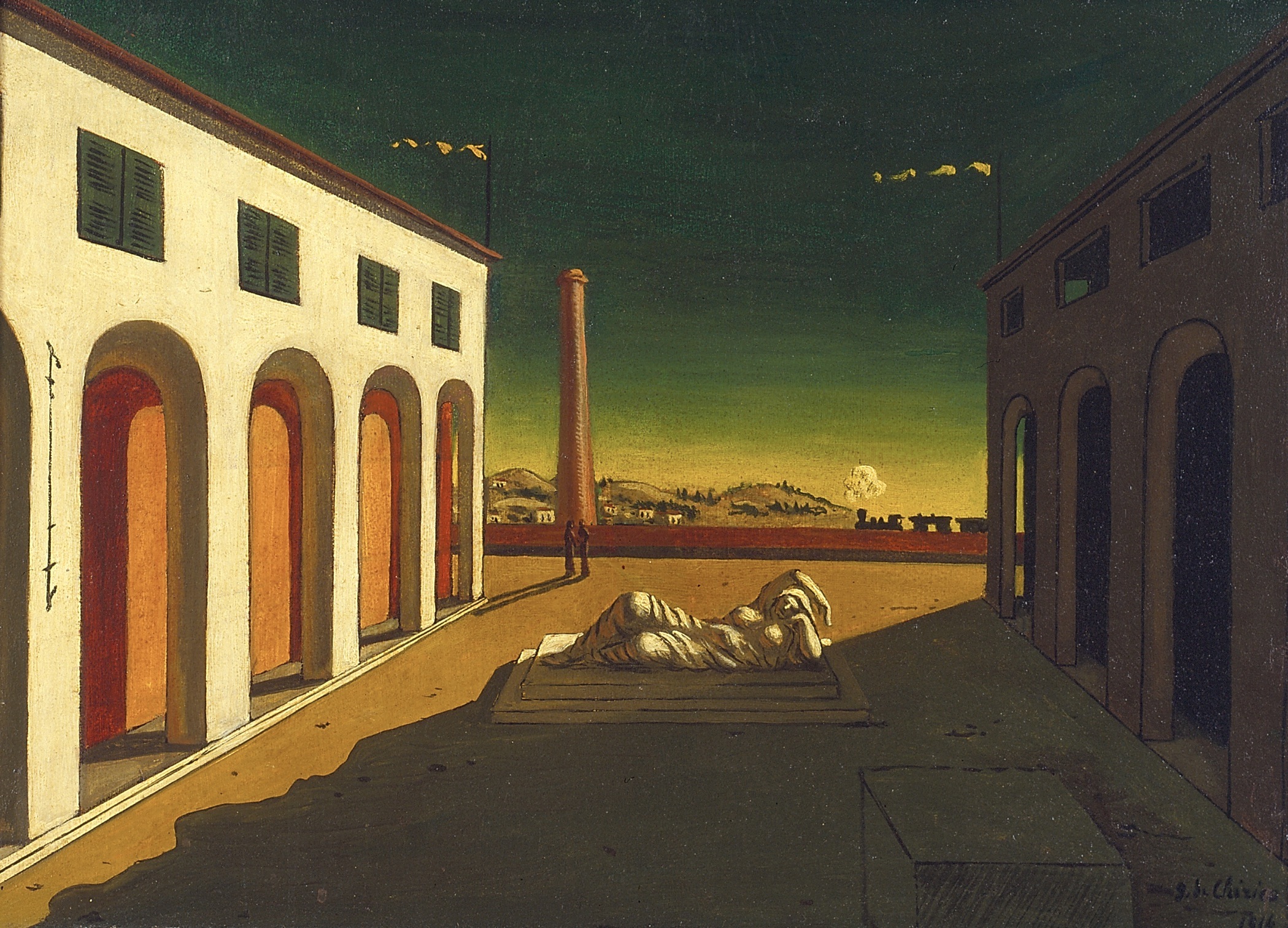
De Chirico The Mythological and the Metaphysical
The famous painter Giorgio de Chirico (1888-1978) utilizes mythological tales such as the abandonment of Ariadne on the island of Naxos to influence his works of art.

DE CHIRICO IL POMERIGGIO DI ARIANNA (ARIADNE’S AFTERNOON) Impressionist & Modern Art
"Ariadne," by Giorgio de Chirico, 1913. Giorgio de Chirico was born in Greece to Italian parents. Credit: Wally Gobetz, CC BY-NC-ND 2.0. Giorgio de Chirico is considered one of the foremost surrealist painters of the 20th century. His work is in the collections of the Museum of Modern Art in New York, the Guggenheim Museum, and the.
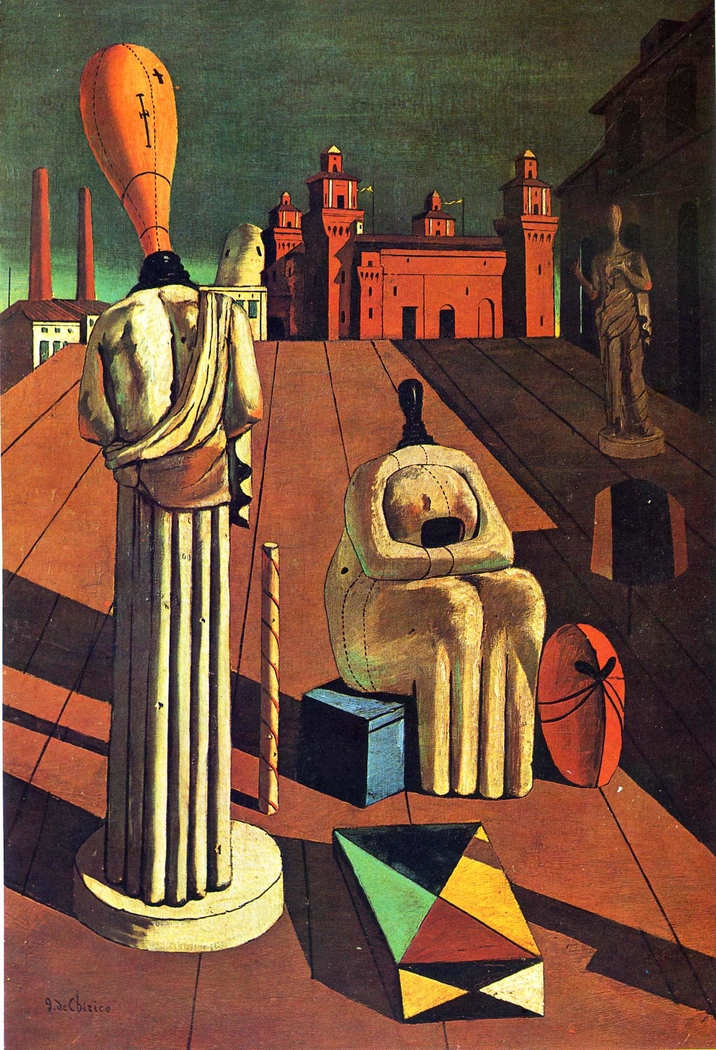
The Disquieting Muses by de Chirico USEUM
The leader of metaphysical painting, Giorgio de Chirico (1888-1978), sets a new world record. "Ariadne's Afternoon" of 1913 is one of his first masterpieces. It was sold for $ 15.9 million at Sotheby's modern and impressionist art auction in New York. The painter's award for a record figure came after nine intense minutes of battle.

de Chirico and the Myth of Ariadne Estorick Collection
Directed by: Meryam Joobeur Written by: Meryam Joobeur Produced by: Maria Gracia Turgeon, Habib Attia Mohamed is deeply shaken when his oldest son Malik returns home after a long journey with a mysterious new wife. 'The Awakening of Ariadne' was created in 1913 by Giorgio de Chirico in Metaphysical art style.

Ariadne’s Afternoon new world record for De Chirico RDN Arts
In Greek mythology, Ariadne helped the Athenian hero Theseus to escape the Labyrinth on the Island of Crete after he slew the Minotaur. Afterwards, abandoned by Theseus, she slept on the shore waiting for love and rescue.
1941 Print Lassitude Infinite Figure Sculpture Statue de Chirico Ariadne eBay
Drawing inspiration from his surroundings in Greece as a child, Giorgio de Chirico focused on the antique sculptural figure of Ariadne in his earliest known series—first denoted as the Ariadne series by curator and art historian James Thrall Soby. Executed between 1912 and 1913, the series is comprised of eight canvases—including Il Pomeriggio di Arianna (Ariadne's Afternoon)—with most.

de Chirico, un pioner que es va perdre El Temps de les Arts
In Greek mythology, Ariadne helped the Athenian hero Theseus to escape the Labyrinth on the Island of Crete after he slew the Minotaur. Afterwards, abandoned by Theseus, she slept on the shore waiting for love and rescue.

de Chirico, Le grand automate, 1925 De chirico, Metaphysical art, Surreal art
Ariadne is a 1913 painting by Italian painter Giorgio de Chirico. Done in oil and graphite on canvas, the painting depicts the mythical figure Ariadne as she lies sleeping in an empty public square; this is in reference to the myth that birthed the character, in which Ariadne is abandoned on Naxos by her lover Theseus.

de Chirico, Italian Artist From Greece Who Made Metaphysical Art
Giorgio de Chirico and the Myth of Ariadne. Main Building. 2600 Benjamin Franklin Parkway. Philadelphia, PA 19130. 215-763-8100.
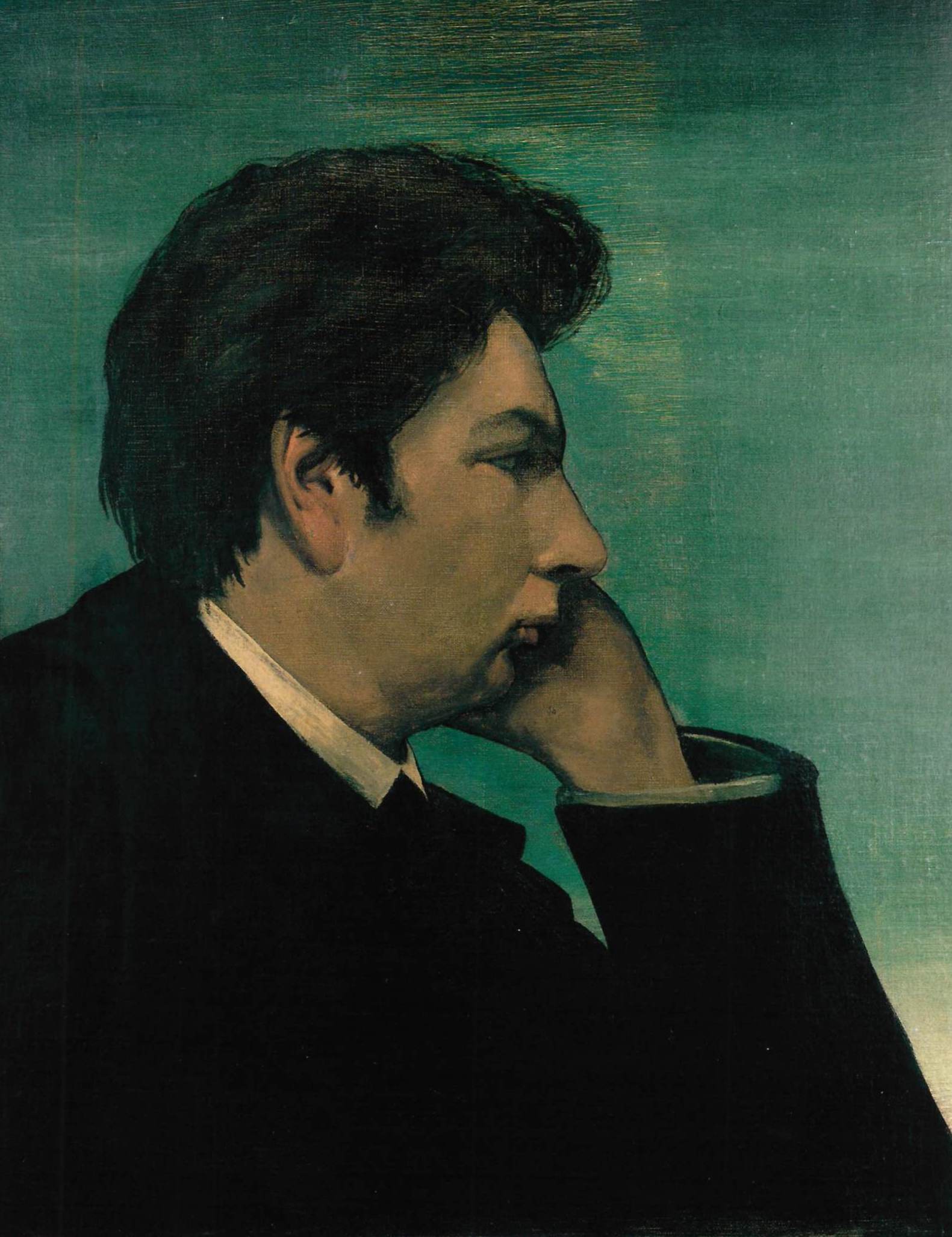
de Chirico and the Myth of Ariadne Estorick Collection
Giorgio de Chirico Italian, born Greece 1913 On view at The Met Fifth Avenue in Gallery 910 A statue of a slumbering Ariadne is in the foreground of this image of a desolate public square, rendered in de Chirico's distinctive simple and broad forms.

de Chirico Who Is He, and Why Is He Famous?
This strange and mysterious oil painting measures 106 x 94 cm. At first the scene seems naturalistic, but almost immediately the curious collection of elements within it and the exaggerated viewpoints generate a feeling of unease. The painting shows a city square entirely empty of people.
